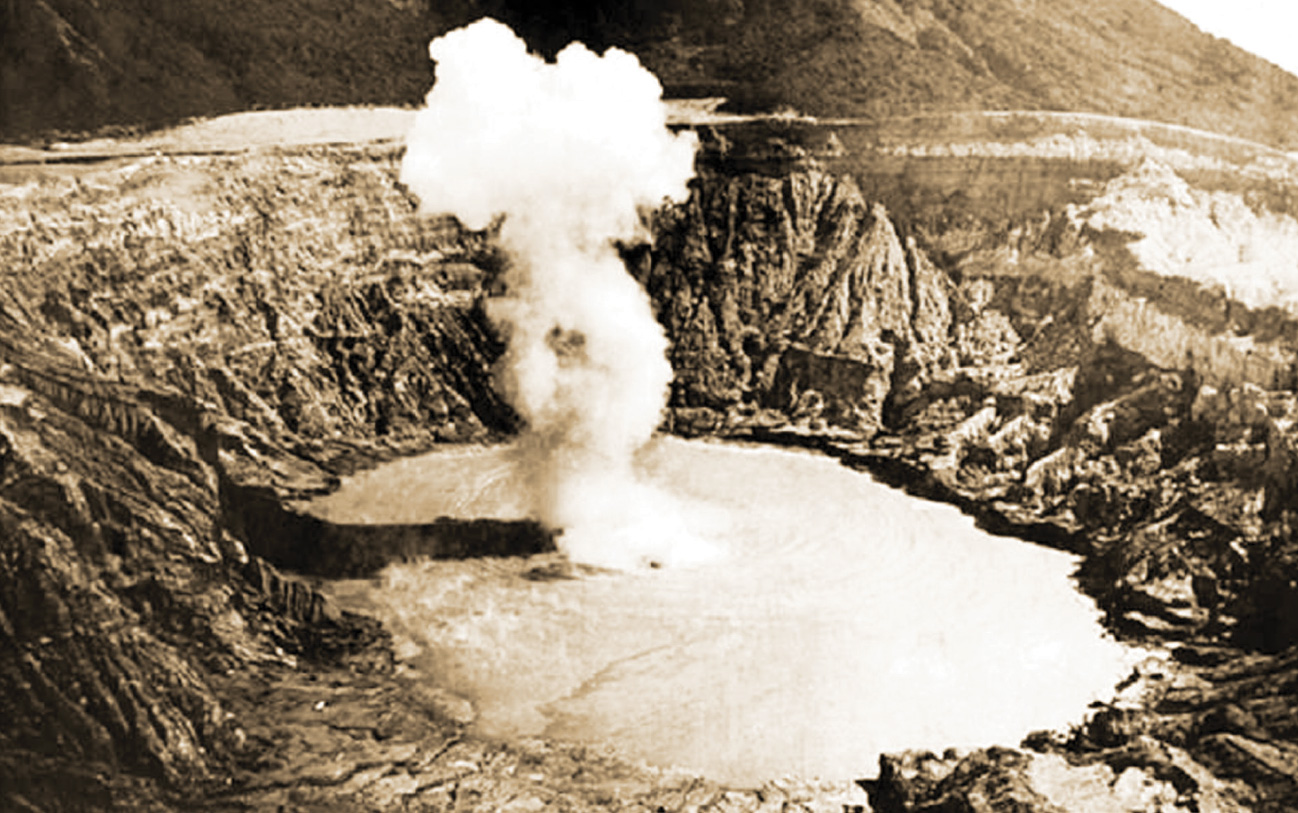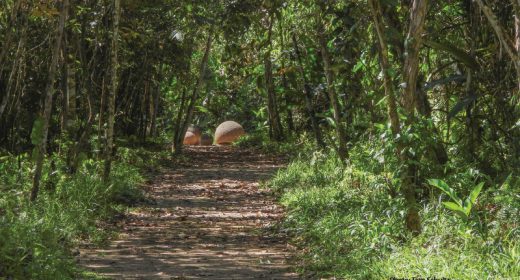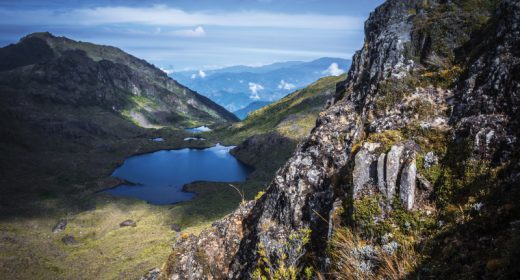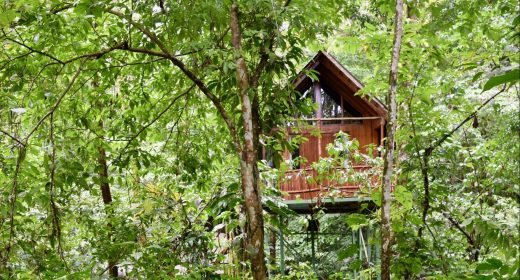
Poás Volcano National Park: Costa Rica History in Photos
- JUL 03, 2018Warning: count(): Parameter must be an array or an object that implements Countable in /home/howlermag/public_html/old/wp-content/themes/new-paper/includes/general.php on line 193

Your Lead Paragrpah goes here
 Before Poás Volcano closed in 2017 because of volcanic eruptions, Poás Volcano National Park traded places with Manuel Antonio from year to year as the most visited national park in Costa Rica. It’s a spectacular, active volcano that, when open to the public, offers views of an immense crater with an acid lake. It’s also easily accessible, with a paved road leading to a wheelchair-accessible trail to the crater.
Before Poás Volcano closed in 2017 because of volcanic eruptions, Poás Volcano National Park traded places with Manuel Antonio from year to year as the most visited national park in Costa Rica. It’s a spectacular, active volcano that, when open to the public, offers views of an immense crater with an acid lake. It’s also easily accessible, with a paved road leading to a wheelchair-accessible trail to the crater.
The eruption of Poás in 1910 flung a column of gas, ash, rock and mud 8,000m into the air. A second eruption in 1953 produced a 6m ash cloud and gave the crater its current shape.
The national park closed in April 2017 because of eruptions that posed a danger to visitors. Costa Rican authorities are working to reopen the park, which is among the most lucrative tourism venues in the country.
Feature image above caption: The massif of Poás Volcano, with the main crater visible at upper left, Botos Lagoon at center upper left and the huge, central “Zone of Death.”

Photo above caption: The Poás massif. In the foreground is the principal crater, and the green hill in back is the Von-Frantzius Volcano. Variants of the indigenous name Poás first appeared in 1663 as “the pastures de Púas,” referring to lands west of the Púas River, between Alajuela and Grecia. Around 1782, what’s known today as the city of Grecia (“Greece”) was known by the name Poás.

Photo above caption: One kilometer south of the active crater of Poás is another volcano with an altitude of 2,708m. It has a crater 750m in diameter that is occupied by a lagoon 400m in diameter with an area of 10.3 hectares. Its maximum depth is 14m and the water temperature remains between 10 and 14 degrees Celsius. This crystal-clear lagoon is called Laguna de Botos, named after the indigenous Botos. Cono Botos was formed about 8,300 years ago.

Photo above taken in 1925 showing the volcano and the lagoon


In the northern sector of the crater there used to be a lava dome 30 meters above the level of the lagoon, which was full of extremely acidic and hot water, 300 meters in diameter and 40 meters deep. This dome was formed in the eruptions of 1953. In early 2017, several volcanic explosions led to the disappearance of the dome.

Photo above caption:Between the dormant volcanoes Platanar and Porvenir in the northwest and Barva to the east is one of the most visited summits of the Central Mountain Range, Poás Volcano, one of Costa Rica’s natural wonders. Poás Volcano has an altitude of 2,708 meters and is a complex stratovolcano of irregular subconical shape.
Other HOWLER Costa Rica Cool Places
A cross-country trip on Cost Rica’s ring of fire
Rincon de la Vieja
Arenal: Choose Your Adventure
Cerro de La Muerta
Orosi, A world away, so close
Must Visit Waterfalls in Costa Rica
Hot Springs of Costa Rica









